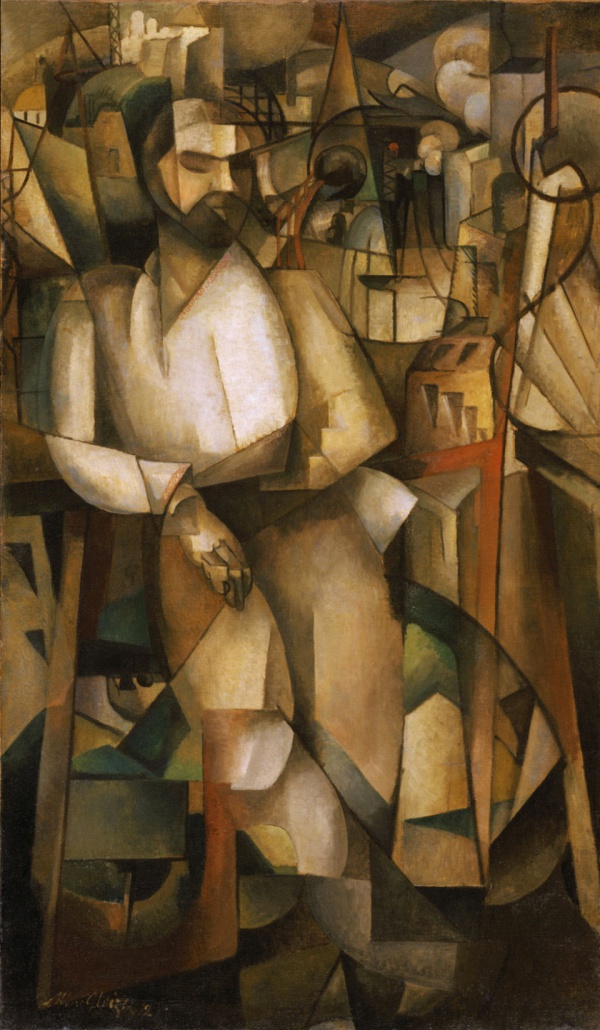Facts About Man on a Balcony
"Man on a Balcony" is a remarkable oil painting from 1912 by French artist Albert Gleizes, a pivotal figure in the Cubist movement. When it was exhibited at the Salon d'Automne in Paris, it stirred significant controversy due to its avant-garde style.
Gleizes, a pioneer of Cubism, used this painting to highlight the movement's fundamental principles, such as projecting planes and fragmented lines. The painting's large size was intended to make a bold statement and bring Cubism to a broader audience at these prestigious annual exhibitions in Paris.
In 1913, Gleizes and other artists introduced Cubism to an American audience at the Armory Show in New York City, Chicago, and Boston. "Man on a Balcony" caught the eye of art collector Arthur Jerome Eddy and eventually found its home at the Philadelphia Museum of Art. This painting underscores Gleizes' mission to disseminate Cubism widely and has been featured in various art publications.
The artwork depicts Dr. Théo Morinaud leaning on a balustrade, rendered in a Cubist style with a mix of angular and curved shapes. Gleizes aimed to express symbolic and psychological relationships through his work, emphasizing the unity of all the elements. The composition is a prime example of Cubism, with its resonating lines and fractured planes, striking a balance between representation and abstraction.
Gleizes, along with Jean Metzinger, co-wrote "Du 'Cubisme'" the first manifesto on Cubism. They emphasized the importance of internalizing specific subjects and sought to redefine the relationship between artwork and viewer, focusing on the act of creation itself. "Man on a Balcony" perfectly exemplifies the dynamic fragmentation of form characteristic of Cubism in 1912.
The painting's complex composition merges urban elements with symbolic representations, creating a visually rich and harmonious experience. Gleizes' innovative approach of depicting objects from multiple perspectives sets his work apart within the Cubist movement. The painting's dramatic lighting and monumental presence draw the viewer in, encouraging contemplation of its intricate design.
When it was shown at the Salon d'Automne in 1912, Cubist artists, including Gleizes, faced significant criticism for their revolutionary style. This exhibition marked a pivotal moment in modern art, challenging traditional norms and opening the door to new forms of artistic expression. The 1913 Armory Show further introduced Cubism to American audiences, significantly influencing the trajectory of American art.

 Mexico
Mexico